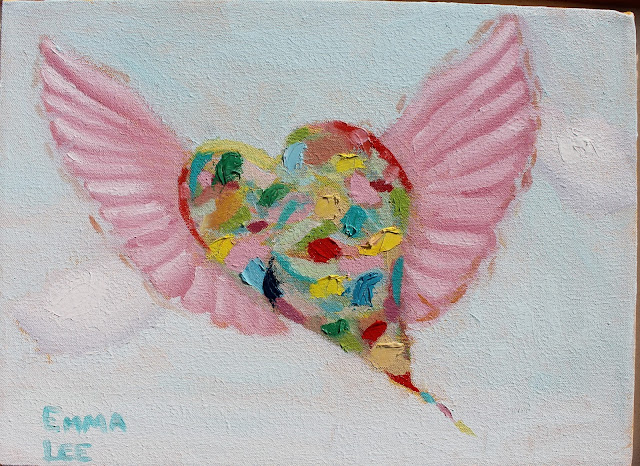" KOI Color" demonstration for the Fleet Landing class in Mayport, illustrating saturation of color and showing the idea that placing one color next to another creates the illusion of brightness.
Another version of "Tropical Color" above. I have done this painting many different ways over the years. This one was done rapidly, and in a more layered way, starting with warm magenta and orange base sketch washes, and building brightness through layering in of saturated strokes one on top of another.
Above:
A watercolor demo of the same idea, placing each color separately and
graphically next each other to achieve a brighter mosaic or cloisonne
effect.



















